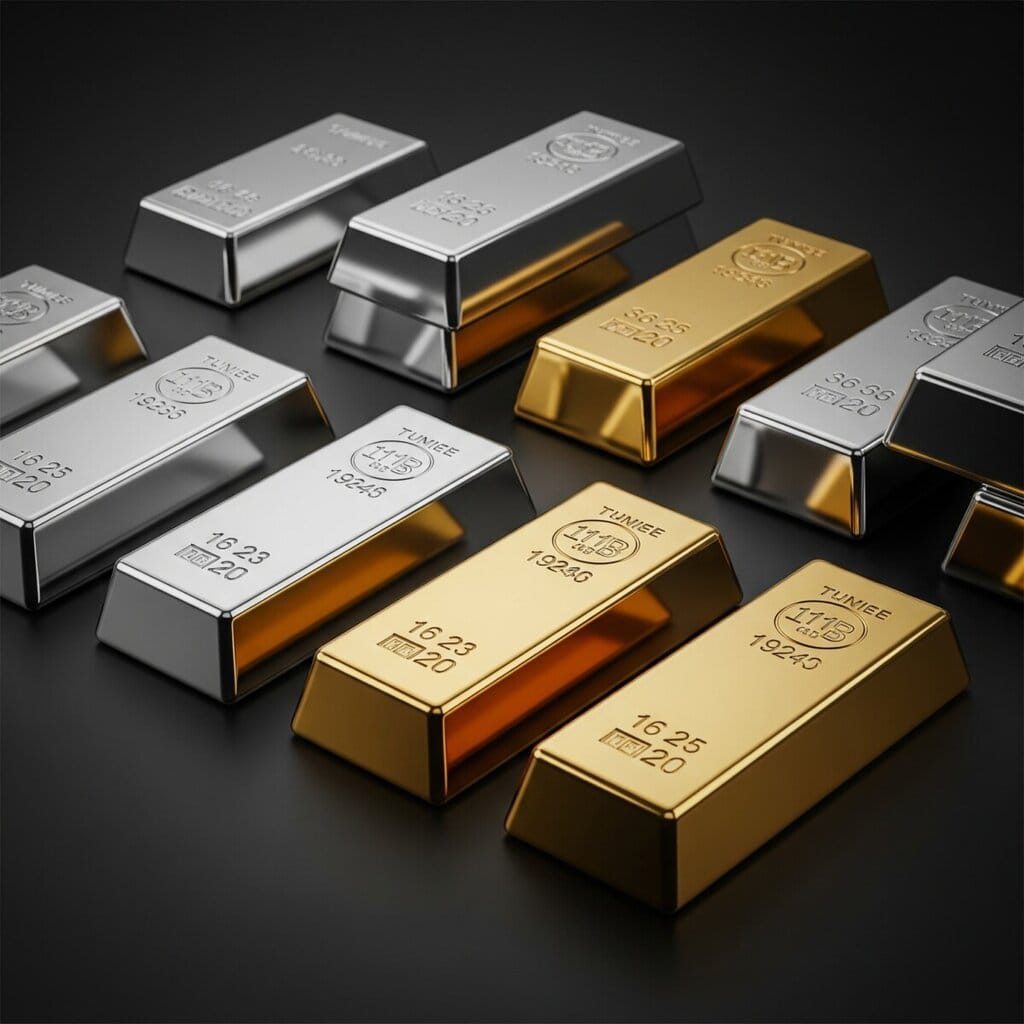Is Silver Undervalued? A Deep Dive into the Gold-to-Silver Ratio
For centuries, gold and silver have been intertwined, both as precious metals and stores of value. But recently, a peculiar anomaly has emerged in the market: the gold-to-silver ratio (GSR) has reached historically high levels, suggesting that silver is significantly undervalued compared to its golden counterpart. This raises a crucial question: What’s behind this price disparity, and is the silver market being manipulated?
Historically, the GSR has hovered around 15:1, a figure that mirrors the relative abundance of these metals in the Earth’s crust. However, the current ratio is far higher, sometimes exceeding 100:1. Such extreme ratios are rare, mainly observed during specific points in the 20th century. But why now?
One initial theory suggests that increased mining efficiency, driven by fossil fuels, might have disproportionately boosted silver production. However, a closer look at the data reveals that gold mine supply has actually increased at twice the rate of silver since 1900, disproving this idea.
Demand for silver remains strong, fueled by its diverse applications in modern technology. In fact, there’s been a physical deficit in the silver market in recent years, indicating robust demand. So, the explanation lies elsewhere.
The key factor appears to be silver’s unique geological nature. Unlike gold, silver often binds with sulfur and is found alongside other base metals like copper, lead, and zinc. Modern machinery has made it economically viable to mine these mixed deposits, resulting in over half of today’s silver production being a byproduct of base metal mining.
This byproduct status has a significant impact on silver’s price. Because its supply is tied to the demand for these other metals, silver production remains relatively constant, regardless of its own price fluctuations. This makes the silver market price-insensitive and, consequently, more susceptible to manipulation.
The video highlights the “Crime of 1873,” when the Coinage Act attempted to demonetize silver, hinting at a historical context for potential manipulation.
However, this market structure also presents a potential opportunity. Because silver supply doesn’t respond to lower prices, a surge in investment demand could trigger a rapid price increase, a “silver squeeze,” as the byproduct supply struggles to keep up. Some suggest that when silver’s price finally starts to move, it will do so quickly, potentially leaving latecomers in the dust.
In conclusion, the historically high gold-to-silver ratio points to a complex interplay of factors, with market manipulation stemming from silver’s byproduct status being a strong contender. While this creates price suppression, it also sets the stage for a potential dramatic price correction if investment demand surges. The silver market, it seems, is a double-edged sword, full of both risk and potential reward.


We want to hear your what you have to say